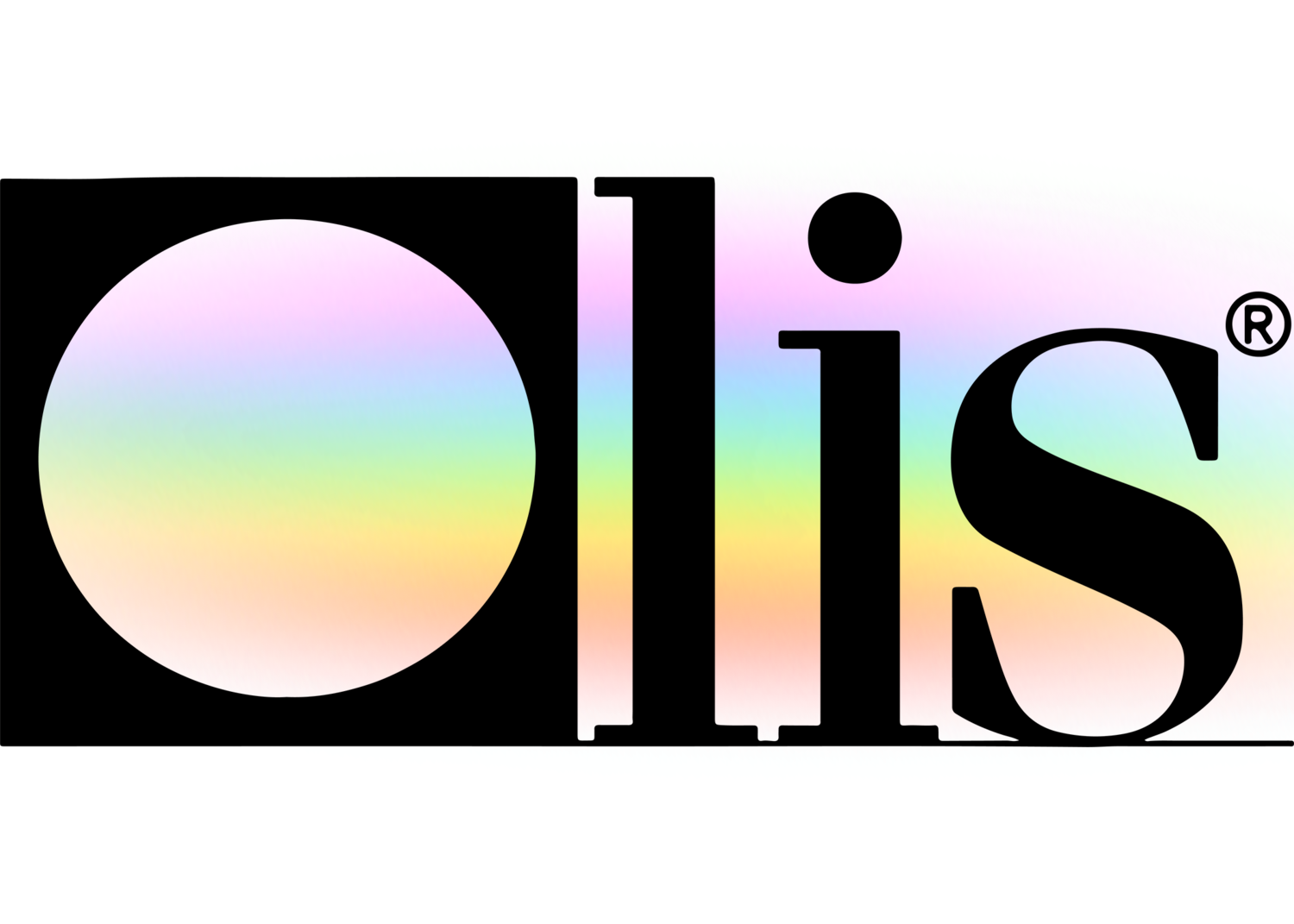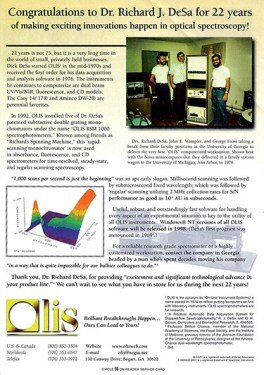6 Easy Facts About Uv/vis Explained
6 Easy Facts About Uv/vis Explained
Blog Article
Some Ideas on Uv/vis You Need To Know
Table of ContentsThe 3-Minute Rule for Circularly Polarized LuminescenceSee This Report on SpectrophotometersGetting The Circular Dichroism To WorkThe Only Guide to Uv/vis/nirThe smart Trick of Spectrophotometers That Nobody is Discussing

Spectrophotometry is a tool that hinges on the quantitative analysis of molecules depending on how much light is taken in by colored substances.
The smart Trick of Circularly Polarized Luminescence That Nobody is Talking About
A spectrophotometer is frequently utilized for the measurement of transmittance or reflectance of options, transparent or nontransparent solids, such as sleek glass, or gases. Numerous biochemicals are colored, as in, they absorb visible light and for that reason can be determined by colorimetric treatments, even colorless biochemicals can frequently be transformed to colored substances appropriate for chromogenic color-forming reactions to yield compounds suitable for colorimetric analysis.: 65 However, they can likewise be created to determine the diffusivity on any of the listed light ranges that normally cover around 2002500 nm utilizing different controls and calibrations.
An example of an experiment in which spectrophotometry is utilized is the determination of the stability constant of an option. A particular chemical response within an option may happen in a forward and reverse direction, where reactants form items and products break down into reactants. Eventually, this chemical reaction will reach a point of balance called a balance point.
The Ultimate Guide To Circularly Polarized Luminescence
The amount of light that passes through the service is a sign of the concentration of certain chemicals that do not allow light to travel through. The absorption of light is due to the interaction of light with the electronic and vibrational modes of molecules. Each kind of molecule has a private set of energy levels connected with the makeup of its chemical bonds and nuclei and hence will absorb light of specific wavelengths, or energies, leading to unique spectral properties.
They are commonly used in numerous industries consisting of semiconductors, laser and optical manufacturing, printing and forensic examination, as well as in laboratories for the research study of chemical compounds. Spectrophotometry is typically used in measurements of enzyme activities, determinations of protein concentrations, determinations of enzymatic kinetic constants, and measurements of ligand binding reactions.: 65 Ultimately, a spectrophotometer is able to identify, depending on the control or calibration, what substances are present in a target and precisely how much through computations of observed wavelengths.
This would come as a service to the formerly created spectrophotometers which were unable to soak up the ultraviolet correctly.
The Best Guide To Circularly Polarized Luminescence
It would be found that this did not offer acceptable results, for that reason in Model B, there was a shift from a glass to a quartz prism which permitted for much better absorbance outcomes - UV/Vis/NIR (https://www.artstation.com/julieanndesalorenz1/profile). From visit there, Model C was born with a modification to the wavelength resolution which ended up having 3 systems of it produced
It was produced from 1941 to 1976 where the cost for it in 1941 was US$723 (far-UV devices were an alternative at extra cost). In the words of Nobel chemistry laureate Bruce Merrifield, it was "probably the most crucial instrument ever established towards the development of bioscience." Once it became terminated in 1976, Hewlett-Packard developed the very first commercially readily available diode-array spectrophotometer in 1979 called the HP 8450A. It irradiates the sample with polychromatic light which the sample takes in depending upon its residential or commercial properties. It is transmitted back by grating the photodiode selection which finds the wavelength area of the spectrum. Ever since, the development and execution of spectrophotometry devices has increased profoundly and has become one of the most innovative instruments of our time.

The Only Guide for Uv/vis
Historically, spectrophotometers use a monochromator including a diffraction grating to produce the analytical spectrum. The grating can either be movable or fixed. If a single detector, such as a photomultiplier tube or photodiode is utilized, the grating can be scanned stepwise (scanning spectrophotometer) so that the detector can measure the light strength at each wavelength (which will represent each "step").
In such systems, the grating is fixed and the intensity of each wavelength of light is determined by a different detector in the selection. When making transmission measurements, the spectrophotometer quantitatively compares the portion of light that passes through a recommendation option and a test service, then digitally compares the strengths of the 2 signals and computes the percentage of transmission of the sample compared to the reference requirement.

Report this page